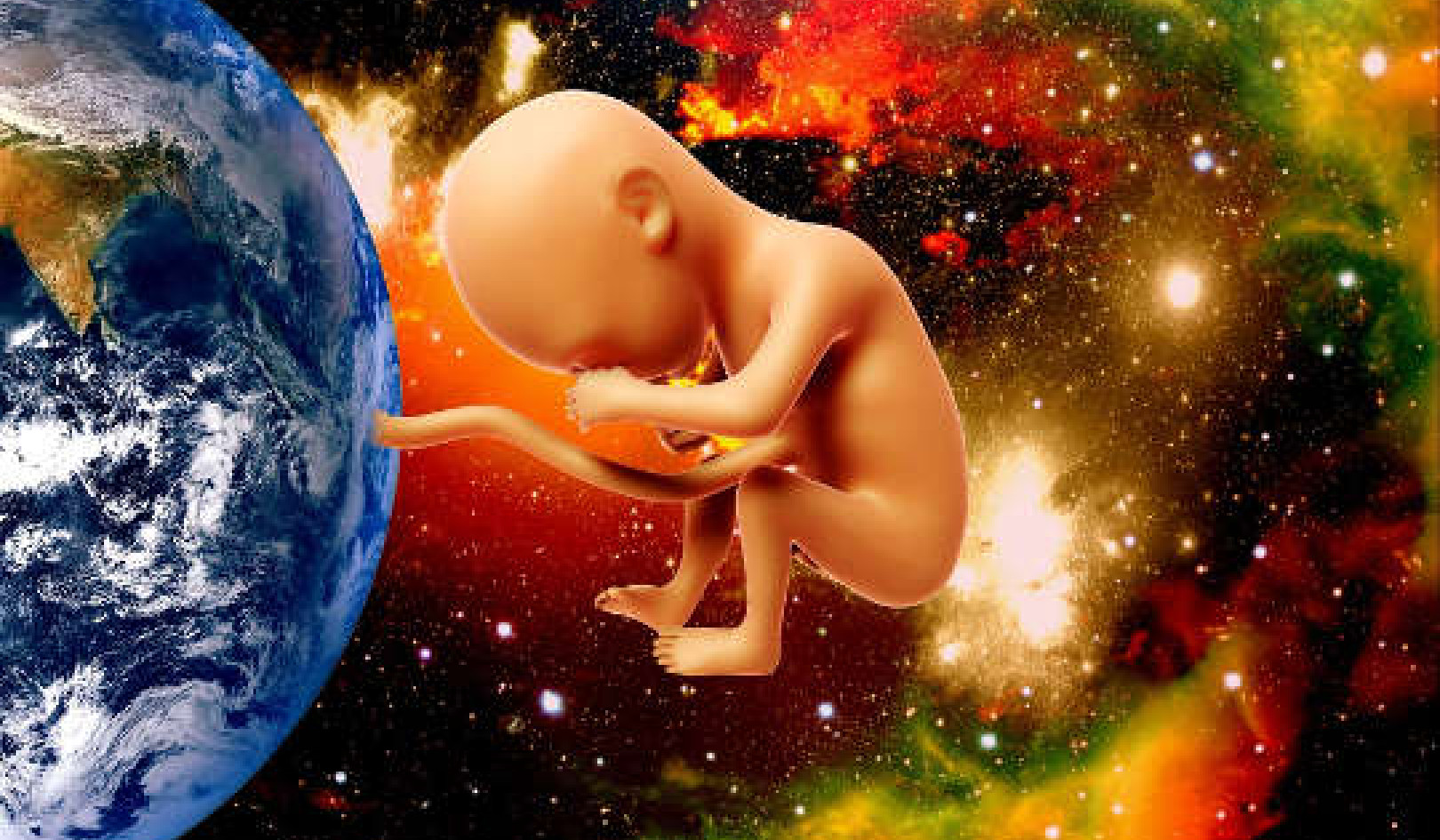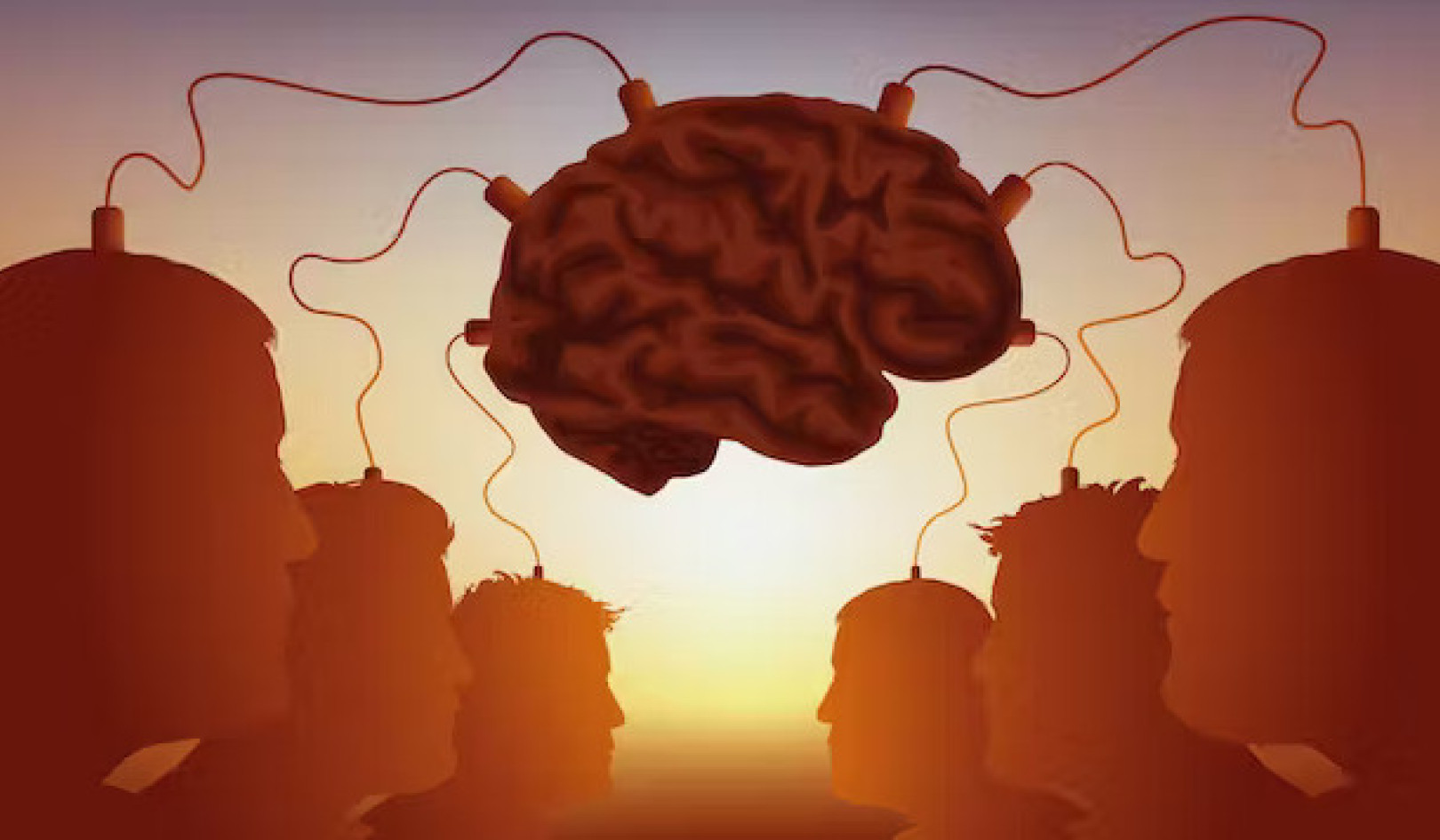A
ANCESTOR WORSHIP
Ritualized propitiation and invocation of dead kin, based on the belief that spirits influence the fate of the living. A widespread ancient practice.
ANIMISM
Belief that a spirit or force resides in every animate and inanimate object, every dream and idea, giving individuality to each. The related Polynesian concept of mana holds that the spirit in all things is responsible for good and evil.
B
BIBLE
A collection of many books that serves as a foundation for belief and practice among the followers of Judaism and Christianity. The Christian Bible is divided into two major sections: the Old Testament and the New Testament. For Judaism, the Bible consists of the Law, the Prophets, and the Writings - what Christians call the Old Testament.
BODY-MIND CENTERING
A movement-reeducation approach that explores how the body’s systems contribute to movement and self-awareness. The approach also emphasizes movement patterns that develop during infancy and childhood. Incorporates guided movement, exercise, imagery and hands-on work.
BUDDHISM
Religion & philosophy founded in India in the 6th cent. B.C. by Siddhartha Gautama (Buddha). Teaches practice of meditation, observance of moral precepts. Defines reality in terms of cause-and-effect, accepting the doctrine common to Indian religions of samsara, or bondage to the repeating cycle of births and deaths according to ones physical and mental actions.
C
CHAKRAS
The seven vital energy centers of the body. The chakras extend from the base of spine to the crown of head. Located in the rectal area, near the genitals, behind the navel, at the heart, at the neck, between the eyebrows, and on the crown of the head. Each chakra corresponds to certain colors, emotions, organs, nerve networks, and energies.
CHRISTIANITY
Doctrines and religious groups based on the teachings of Jesus. In the West, the growing power and corruption of the church contributed to the Protestant Reformation, which splintered Christianity into numerous sects. In the 20th cent. the ecumenical movement was begun to promote Christian unity.
CONFUCIANISM (551-479 BC)
For more than 2,000 years the Chinese people have been guided by the ideals of Confucianism. Its founder was Confucius who tried to bring people to a virtuous way of life and a respect for the teachings of the wise men of older generations. Though Confucianism is called a religion, it is a system of moral conduct. Confucius did not talk of God but of goodness. He was centered on making people better in their lifetime, and his Analects are wise sayings similar to the Bibles’ Proverbs.
D
DETERMINISM
Philosophical assumption that all behavior and observable events have causes.
DUALISM
In philosophy and theology, system that explains all phenomena in terms of two distinct and irreducible principles, e.g., ideas and matter (as in Plato, Aristotle, and modern metaphysics) or mind and matter (as in psychology). In theology the term refers to a concept of opposing principles, e.g., good and evil.
E
F
FENG SHUI
An ancient Chinese practice of configuring home or work environments to promote health, happiness, prosperity. Feng shui consultants may advise clients to make adjustments in their surroundings, from color selection to furniture placement, to promote a healthy flow of chi, or vital energy.
G
H
HINDUISM
Western term for the religious beliefs and practices of innumerable sects to which the majority of the people of India belong. Hindu belief is generally characterized by the acceptance of the Veda as sacred scripture. The goal of Hinduism, like that of other Eastern religions, is liberation from the cycle of rebirth and the suffering brought about by one’s own actions.
HOLISTIC/WHOLISTIC
An adjective meaning targeted to the whole person - mind, body, and spirit. Wholistic medicine considers not only physical health but also the emotional, spiritual, social, and mental well-being of the person.
I
ISLAM
An adherent of Islam is a Muslim. In 1990 there were some 935 million Muslims worldwide, less than one fifth of whom were Arab. Its salient feature is its’ devotion to the Koran, or Quran, a book believed to be the revelation of God to Muhammad.
J
JUDAISM
The religious beliefs and practices and the way of life of the Jewish people. Central to these is the notion of monotheism, adopted by the biblical Hebrews. Out of these beliefs grew both Christianity and classical, or rabbinic, Judaism. Reconstructionist Judaism, a 20th-century movement, accepts all forms of Jewish practice, regarding Judaism as a culture rather than a theological system.
K
KARMA
Basic concept common to Hinduism, Buddhism, and Jainism. The doctrine holds that one’s state in this life is the result of physical and mental actions in past incarnations and that present action can determine one’s destiny in future incarnations. Karma is a natural, impersonal law of moral cause and effect.
KORAN
Muslims believe that God revealed the contents of the Koran to Muhammad through the angel Gabriel and that the Koran is the eternal and infallible word of God & ultimate authority in all religious, social, & legal issues. Considered the finest example of classical Arabic prose.
L
M
MANTRA
In Hinduism and Buddhism, mystic word used in ritual and meditation. It is believed to have power to bring into being the reality it represents. Use of such mantras usually requires initiation by a guru, or spiritual teacher.
MEDITATION
Discipline in which the mind is focused on a single point of reference. Employed since ancient times in various forms by all religions, the practice gained greater notice in the postwar U.S. as interest in Zen Buddhism rose. Meditation is now used by many nonreligious adherents as a method of stress reduction; known to lower levels of cortisol, a hormone released in response to stress. Enhances recuperation and improves the body’s resistance to disease.
MONOTHEISM
Belief in one God. The term is applied particularly to Judaism, Christianity, and Islam, but early Zoroastrianism and Greek religion in its’ later stages were monotheistic as well.
MYSTICISM
Belief that beyond the visible material world there is a spiritual reality which may be called God that people may experience through meditation, revelation, intuition, or other states that takes the individual beyond a normal consciousness.
N
NIRVANA
In Buddhism, Jainism, and Hinduism, a state of supreme bliss; liberation from suffering and from samsara, one’s bondage to the repeating cycle of death and rebirth, which is brought about by desire. Nirvana is attainable in life through moral discipline and the practice of yoga, leading to the extinction of all attachment and ignorance.
O
P
PANTHEISM
A system of belief or speculation that identifies the universe with God (pan=all; theos=God). Some pantheists view God as primary and the universe as a finite and temporal emanation from God; others see nature as the great, inclusive unity. Hinduism is a form of religious pantheism; philosophical pantheism is represented in the monistic system of Spinoza.
PLATO (427-347 B.C.)
A pupil and friend of Socrates. Plato founded (c.387 B.C.) The Academy near Athens, where he taught until his death. His most famous pupil was Aristotle. Plato’s dialogues show the relationship between the soul, the state and the cosmos, in the study of law, mathematics, philosophic problems, and natural science. He regarded the rational soul as immortal, and he believed in a world soul and a creator of the physical world. He argued for the independent reality of ideas as the only guarantee of ethical standards and of objective scientific knowledge. He taught that only he who understands the harmony of all parts of the universe is capable of ruling the just state. He touched upon virtually every problem that has occupied subsequent philosophers and his teachings have been among the most influential in Western civilization.
POLYTHEISM
Belief in a plurality of gods, not necessarily equal in importance, each of which is distinguished by a special function. The Indian Vedas, for example, feature Agni the fire god, Vayu the wind god, and Indra the storm god. Dynastic Egypt had hundreds of deities, but worship (as in Greek Olympianism) was city-centered. The gods are organized into a cosmic family, featured in legend and myth and expressing beliefs about the individuals’ relationship to the universe.
PRANA
The yogic concept of a cosmic energy or life force, similar to the Chinese idea of chi, that enters the body with the breath. Prana is thought to flow through the body, bringing health and vitality. It is considered the vital link between the spiritual self and the material self.
R
S
SHAMAN
Among tribal peoples, a magician, medium, or healer who owes his powers to mystical communion with the spirit world. Characteristically, a shaman goes into auto-hypnotic trances, during which he contacts spirits. Shamans are found among the Siberians, Eskimos, Native American tribes, in S.E. Asia, and in Oceania. There is also now a development of shamanic healers and practitioners in North America. (See Spiritual/Shamanic Healing.)
SHINTO
System of beliefs and attitudes held by most Japanese about themselves, their families, clans, and ruling powers. The word means the way of kami, and kami refers to superior powers, either natural or divine. The kami are believed to be the source of human life and existence. The kami reveal truth and give guidance to live in accordance with it. Shinto does not have regular weekly services. Devotees can visit the shrines anytime they choose.
SOCRATES (469-399 B.C.)
Socrates left no writings, and most of our knowledge of him and his teachings comes from the dialogues of his most famous pupil. He spent his time discussing virtue, justice, and piety, seeking wisdom about right conduct so that he might guide the moral and intellectual improvement of Athens. Using a method now known as the Socratic dialogue, or dialectic, he drew forth knowledge from his students by asking questions and examining the implications of their answers. He equated virtue with knowledge of one’s true self, holding that no one knowingly does wrong. He looked upon the soul as the seat of both waking consciousness and moral character, and held the universe to be purposively mind-ordered.
SPIRITISM or SPIRITUALISM,
Belief that the human soul survives death and can communicate with the living through a medium sensitive to its’ vibrations. The communication may be psychic, as in clairvoyance or trance speaking, or physical, as in automatic writing or ectoplasmic materializations.
SPIRITUAL/SHAMANIC HEALING
Practitioners who regard themselves as conductors of healing energy or sources from the spiritual realm. Both may call upon spiritual helpers such as power animals, angels, inner teachers, the client’s Higher Self, or other spiritual forces. Both forms of healing can be used for a range of emotional and physical illnesses.
T
TAOISM
Philosophy and religion of China. Derived chiefly from the Tao-te-ching, a book ascribed to Lao-tze but probably written in the mid-3rd cent. B.C. Describes an ideal human condition of freedom from desire and of effortless simplicity, achieved by following the Tao [path], the spontaneous, creative, effortless path taken by natural events in the universe.
THEOSOPHY
The word comes from the Greek theos, meaning god, and sophia, meaning wisdom. Loosely translated=divine wisdom. Religious philosophy with strong overtones of mysticism. (See mysticism.)
V
W
Y
Z
ZEN BUDDHISM
Buddhist sect based on meditation rather than on adherence to a particular scriptural doctrine. Founded in China by Bodhidharma (5th cent. A.D.). Zen was made known in the West by the writings of D.T. Suzuki.
Any omission from this list is accidental, not intentional. The appearance of a religion or form of therapy in this list is provided for information and is not meant as an endorsement of any kind.
 Recommended book:
Recommended book:
Layman's Guide to New Age and Spiritual Terms
by Elaine Murray.
























